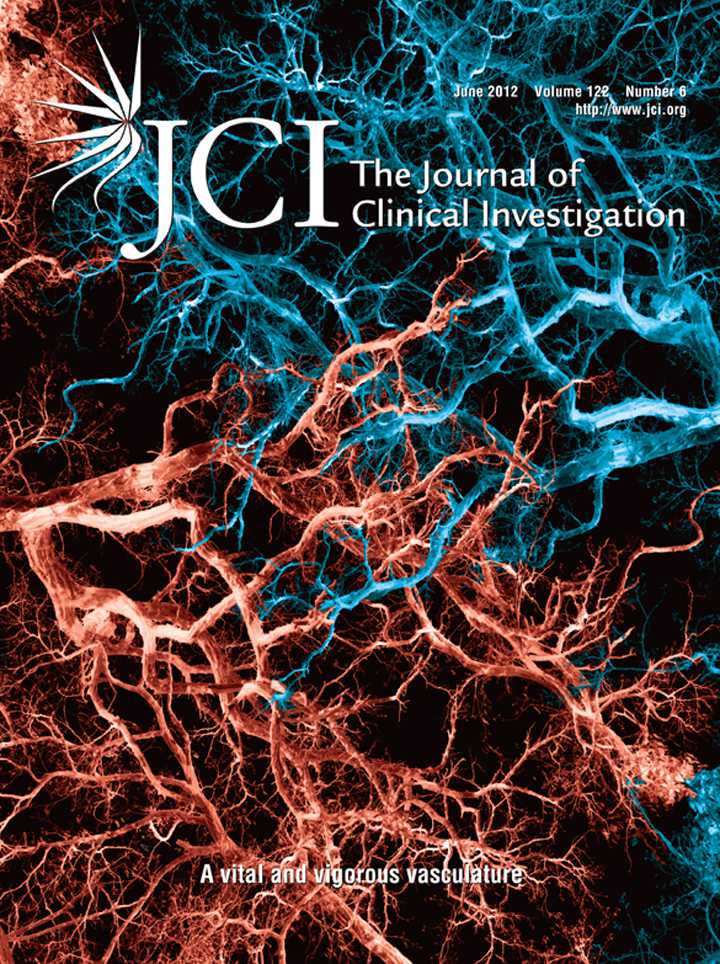Clin Infect Dis:细菌性阴道病复发的相关因素
2012-12-26 Clin Infect Dis 互联网 陈郁婷
细菌性阴道病(BV)是导致育龄女性阴道分泌物异常最常见的原因。尽管按照医护人员的建议进行治疗,抗生素疗法的长期疗效仍然比较差而且BV复发还是十分普遍,因此,对于临床医生来说,最大的挑战是为患者提供更加有效的治疗手段。然而,目前还不清楚BV的复发是由于持续性感染,还是由于再度感染导致的。针对上述情况,来自澳大利亚墨尔本性健康中心的Catriona S. Bradshaw博士等人展开一项研究,研究结果
细菌性阴道病(BV)是导致育龄女性阴道分泌物异常最常见的原因。尽管按照医护人员的建议进行治疗,抗生素疗法的长期疗效仍然比较差而且BV复发还是十分普遍,因此,对于临床医生来说,最大的挑战是为患者提供更加有效的治疗手段。然而,目前还不清楚BV的复发是由于持续性感染,还是由于再度感染导致的。针对上述情况,来自澳大利亚墨尔本性健康中心的Catriona S. Bradshaw博士等人展开一项研究,研究结果在线发表在2012年12月12日的《临床感染性疾病》(Clincal Infectious Diseases)杂志上。研究人员发现,细菌性阴道病的复发与性行为和避孕用具的使用存在显着的相关关系。
该研究为墨尔本性健康中心在2009-2010年开展的一项三臂、随机、双盲的安慰剂对照试验,该研究将有症状的、年龄在18-50岁之间的女性BV患者(大于或等于3倍Amsel标准,Nugent评分(NS)=4-10)纳入研究范围。将450例口服7天甲硝唑的参试者随机分配到:阴道用克林霉素组、乳酸菌阴道益生菌组、阴道用安慰剂组,并完成一份调查问卷。在治疗后的1、2、3和6个月,参试者自行采集和制备阴道涂片,并完成问卷。该研究的主要终点为NS=7-10。采用多因素分析(Cox regression),评估与基线和纵向特性相关的BV复发的危险比(HR),允许患者重复测量和对治疗进行分层。
在进行分析时,共纳入了404例(90%)提供随机化后数据的女性患者。研究结果如下,BV治疗后6个月的累积复发率为28%(95%置信区间(CI):24-33%),与不同的治疗方法之间不存在相关关系。根据性生活频率、年龄进行校正后,BV的复发与治疗前后具有相同的固定性伴侣(RSP)(校正HR(AHR)=1.9,95%CI:1.2-3.0)、没有坚持使用避孕套(AHR=1.9,1.0-3.3)以及不是出生在澳大利亚(AHR=1.5,1.0-2.1)相关;使用含雌激素类避孕药具有保护作用(AHR=0.5,0.3-0.8)。
研究发现,针对BV的推荐疗法长期疗效较差,至少部分与治疗后的性生活和避孕行为相关。在治疗前后具有相同的RSP、没有持续使用避孕套以及减半使用含雌激素类避孕药,这三个因素会增加BV的复发。性生活和避孕行为显着影响抗生素疗法针对BV的疗效。上述发现对临床实践具有一定的启示。

doi: 10.1093/cid/cis1030
PMC:
PMID:
Catriona S. Bradshaw1,2,3,*,†, Lenka A. Vodstrcil1,*, Jane S. Hocking1,4, Matthew Law5, Marie Pirotta6, Suzanne M. Garland7,8,9,10, Deborah De Guingand1, Anna N. Morton2, and Christopher K. Fairley1,2
Background. Bacterial vaginosis (BV) recurrence following recommended therapies is common, yet whether recurrence is due to persistent infection or re-infection is unknown. Our aim was to determine behaviours associated with BV recurrence in women enrolled in a randomized-controlled trial. Methods. Symptomatic 18-50 year old females with BV (≥3Amsel's criteria and Nugent score (NS)=4-10) were enrolled in a 3-arm randomised double-blind placebo-controlled trial at Melbourne Sexual Health Centre, Australia, 2009-10. 450 participants received 7-days of oral metronidazole, were equally randomised to: vaginal-clindamycin, a lactobacillus vaginal-probiotic or vaginal-placebo, and completed a questionnaire. At 1,2,3 & 6-months, participants self-collected vaginal smears and completed questionnaires. Primary endpoint was NS=7-10. Cox regression was used to estimate hazard ratios (HR) for risk of BV recurrence associated with baseline and longitudinal characteristics, allowing for repeated measures from participants and stratifying for treatment. Results. 404 (90%) women who provided post-randomization data were included in analyses. Cumulative 6-month BV recurrence was 28% (95%CI 24-33%) and not associated with treatment. After adjustment for frequency of sex and age, BV recurrence was associated with having the same pre/post-treatment regular sexual partner(RSP) (Adjusted HR=1.9;95%CI 1.2-3.0), inconsistent condom use (AHR=1.9;1.0-3.3), and being born outside Australia (AHR=1.5;1.0-2.1); use of an oestrogen-containing contraceptive was protective (AHR=0.5;0.3-0.8). Conclusions. BV recurrence was significantly increased by remaining with the same pre/post-treatment RSP and inconsistent condom use, and halved with use of oestrogen-containing contraceptives. Behavioural and contraceptive practices appear to play a significant role in modifying the effectiveness of antibiotic therapies in the treatment of BV. These findings have implications for clinical practice.
(责任编辑:haozongdi)
分享到:本网站所有内容来源注明为“梅斯医学”或“MedSci原创”的文字、图片和音视频资料,版权均属于梅斯医学所有。非经授权,任何媒体、网站或个人不得转载,授权转载时须注明来源为“梅斯医学”。其它来源的文章系转载文章,或“梅斯号”自媒体发布的文章,仅系出于传递更多信息之目的,本站仅负责审核内容合规,其内容不代表本站立场,本站不负责内容的准确性和版权。如果存在侵权、或不希望被转载的媒体或个人可与我们联系,我们将立即进行删除处理。
在此留言










#Dis#
57
#相关因素#
69
#细菌性阴道病#
60